28+ Note Examples to Download
A note is not just a piece of information, it is a tool for some people to use it as an aid to memory, expressing their feelings through thank you note or use it as a future reference. In some other cases, a note can also be used as an agreement for financial purposes, one good example for this is a promissory note.
In business and government sector, they use a note, specifically called a briefing note that aids and informs the decision-maker about an issue. They use this kind of note to summarize a long and complicated information into a highly-organized piece of document. You can find in this article the different kinds of note templates and example that you can use or use as your reference
Thank-You Note
Graduation Thank-You Note
Thank-You Note For Kids
Wedding Couple Thank-You Notes
Promissory Note
Secured Promissory Example
Secured Promissory Note Agreement
How to Create a Note Template
We should always keep in mind that notes are important and that it can be used over and over again. Notes such as meeting notes example can help us to be productive and efficient in work and everyday life. That is why it is very important to develop an effective note.
Your note template should include:
- Subject. This is defines why you are writing a note or if this is for a specific person, mention who is the note for.
- Important information. This is the body of your note. The information that is useful in the whole process.
- Additional details. This is where you write the supporting details of the information you provided.
- Summary. This will sum up all the things you’ve written.
How to Write a Thank-You Note
Expressing your gratitude to someone is very satisfying, not only for you but also for the one receiving it. Words may be a good way to express it but a thank you note is one of the most heartfelt and meaningful ways to express your gratitude. Writing a thank you note is easy, it is not the same thing as writing a loan note. Just write it from your heart and follow these simple steps.
- Start with a greeting. Address the person you want to thank.
- Express how grateful you are.
- Add details on how you’re going to use their gift or your appreciation for their service.
- Say your thank you again. This time, in a different way.
- End with closing regards.
Doctor Notes
Doctor Excused Absence Note
Doctor Note For Requesting Service Dog
Delivery Notes
Supplier Delivery Note Template
Goods Delivery Note
Credit Note
Blank Credit Note
Briefing Note
Parliamentary Briefing Note
Contractor Briefing Note
Cornell Note
School Cornell Note Template
University Cornell Note Template
Tips On How to Write a Note Template
As much as we don’t want to accept it, people these days are be coming too lazy to read. If they see a whole page of text, chances are they don’t bother to read it anymore. Same goes for note taking. We all know that notes are just a piece of paper that have fewer information. But some people always treat note taking as if it is a college essay that has to be full of information.
It is good to have it that way but there are still information that is unnecessary that notes are still under stable without those. To save yourself from having to write notes with information that you think are important yet it is not, keep these tips in mind for your next note taking.
- Make it clear and concise. Notes are not research statement that you have to put everything in it. Write only the things that will explain everything comprehensively.
- Focus on the important information. When taking down notes or gathering information, we always tend to think that all the information we hear or read is crucial, trust me, not all. To avoid this, target only those information that can sum up everything or the information that can make your notes understandable without having too many details.
- Evaluate each information. Let us say that the information you wrote in your note is all important, don’t just stop there. Evaluate or assess each information you have taken whether it is useful or not. If there are information that is not useful, crash those out but make sure that it will not jeopardize the thought or the meaning.
- Make it short as possible. As stated earlier, people hate a long bunch of text. And notes doesn’t exceed a single page. That is why you need to make your note as short as possible so that people will still bother to read your notes.
To help you further in creating a note, this article offers note examples in word and pdf format and blank note examples that you can customize or use it as a reference.
Business Note
Small Business Note Format
Business Thank You
Dental Note
Dental Hygiene
Nursing Note
Sample Note
Narrative Nursing Template
Progress Note
Client Note
Medical Progress Example
Return Note
Goods Return Note
Attendance Note
Court Attendance
Admission Note
Psychiatric Note
The Importance of Note Examples
Notes aren’t that hard to write but sometimes the problem in writing a note still lies at where should you begin and what should you write in your notes. Luckily, this article provides different note examples, including thank you note, promissory notes, business notes and so much more. Now, you may be asking why note examples are important. To answer that, the following are the importance of note example.
- All the important information are already laid out. You don’t have to worry about the things you’re going to write.
- You can customize this templates to meet your desired requirements.
- These notes examples also have blank spaces that you can fill in your data.
- If you want to make your own, you can use this as your references in writing your own note such as your personal note example.
How to Write a Progress Note
A progress note is a document in a medical institution that healthcare professional use to record the details of the patient’s clinical status. This is done together with the nursing assessment. SOAP is the common technique and guideline in writing an effective progress note.
To document a narrative progress note, healthcare professionals use SOAP.
- Subjective – This defines the problem that the patient feels or the reason why the patient needs medical attention.
- Objective – The evaluation conducted about the patient or to the patient’s problem.
- Assessment – The action that healthcare professional administer.
- Plan – The overall method to treat the patient’s condition.
Absence Notes
Student Absence Note Examples
School Absence Note
Procedure Notes
Laser Procedure Note
Epidural Procedure Note
SOAP Note
What Are Notes Used For?
Notes are part of everyday life of people. They use notes in pdf to remember things that are usually easy to forget. And sometimes, people use a note as alternative information to a long block of text that can be tiring to read. However, notes have hundreds of uses, not just for reminders and substitutes.
Other notes are used for:
- Taking Down Notes. Notes are essential to students. They use notes to helps them remember the topics and lesson plan that have been discussed. Notes are also a tool for the students to help them review for their upcoming exam.
- Expressing Gratitude. A thank you note is one of the most heartfelt and meaningful ways to express your deepest gratitude towards someone.
- Agreement. Notes such as promissory note are used as an agreement to a promise or assurance in paying fees in the future.
- Gathering Details of Information. Whether in a nursing assessment or dental assessment, notes are important for taking initial information from a patient’s clinical status that can be used in further treatment.
- Proof. Notes can sometimes be used a proof of something, like returning of goods or proof of purchase.
- Security Purposes. Business these days, use credit notes examples to add security in their finances.
- Excuse. Notes are also used as an excuse for absences or other related instances.
28+ Note Examples to Download
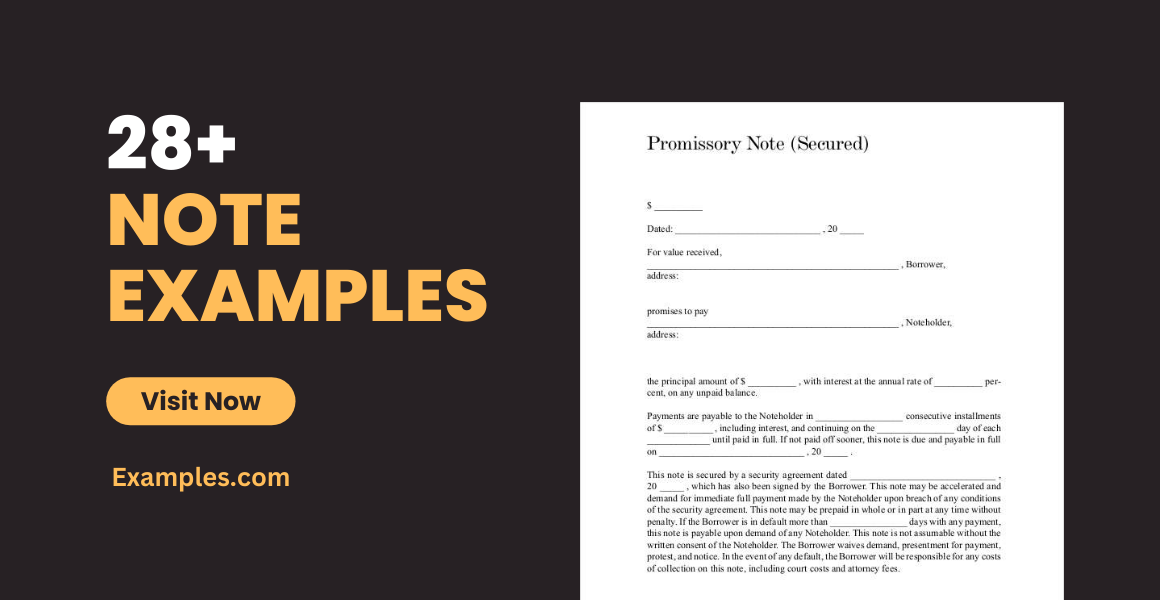
A note is not just a piece of information, it is a tool for some people to use it as an aid to memory, expressing their feelings through thank you note or use it as a future reference. In some other cases, a note can also be used as an agreement for financial purposes, one good example for this is a promissory note.
In business and government sector, they use a note, specifically called a briefing note that aids and informs the decision-maker about an issue. They use this kind of note to summarize a long and complicated information into a highly-organized piece of document. You can find in this article the different kinds of note templates and example that you can use or use as your reference
Thank-You Note
Graduation Thank-You Note
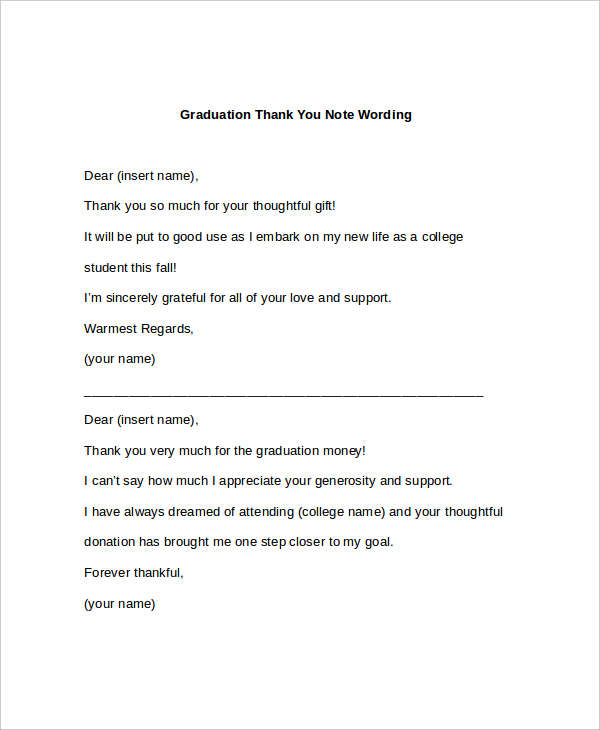
graduationwording.info
Details
File Format
Doc
Docx
Size: 9 KB
Thank-You Note For Kids
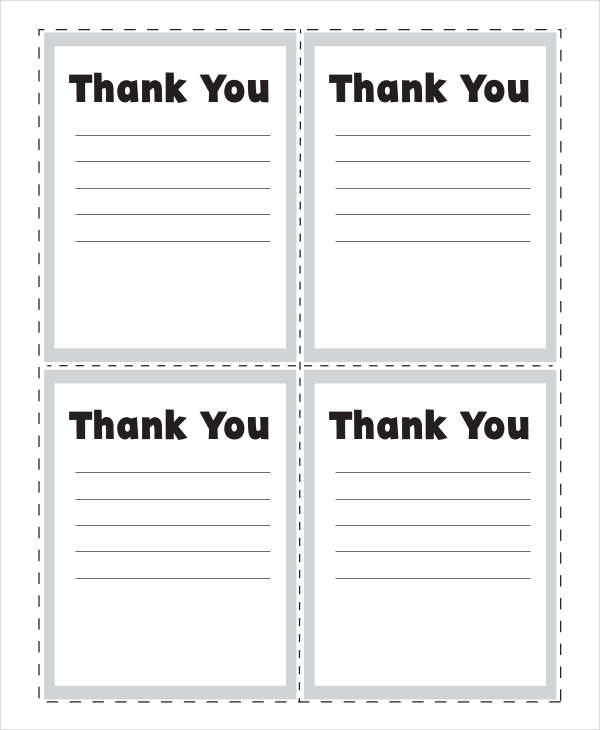
tc.pbs.org
Details
File Format
PDF
Size: 80 KB
Wedding Couple Thank-You Notes
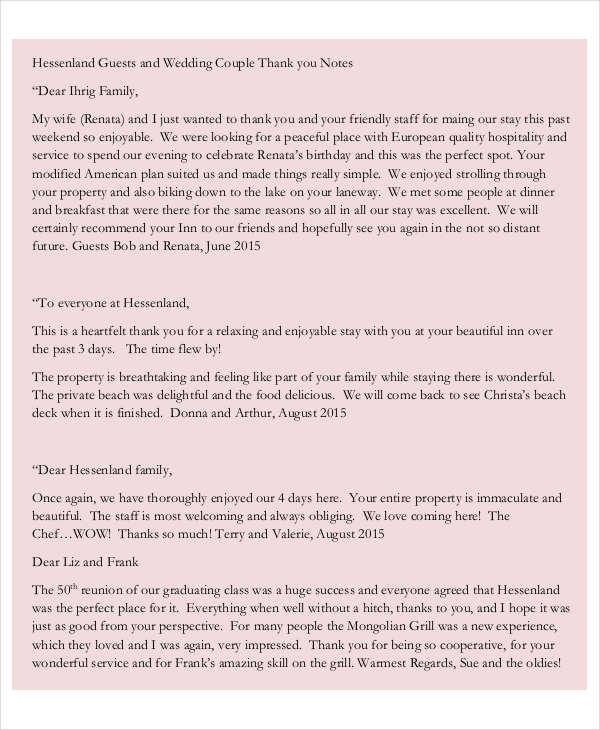
hessenland.com
Details
File Format
PDF
Size: 68 KB
Promissory Note
Secured Promissory Example
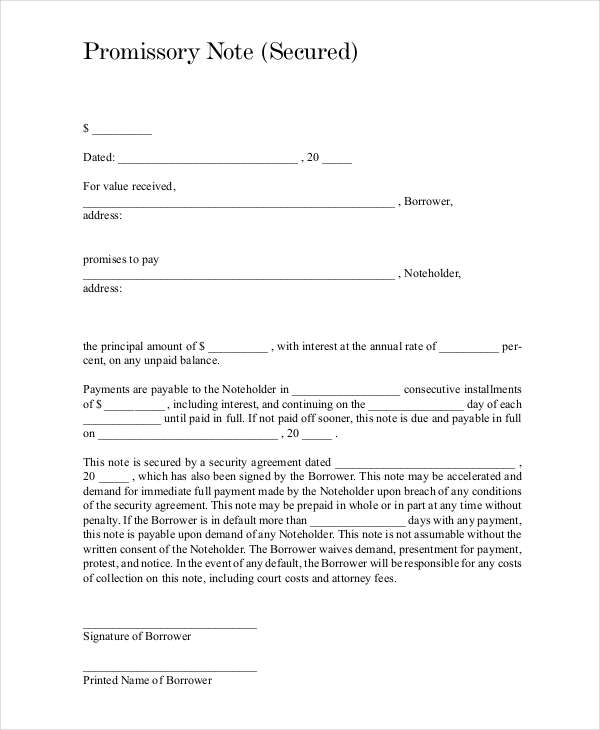
carrolllibrary.org
Details
File Format
PDF
Size: 54 KB
Secured Promissory Note Agreement
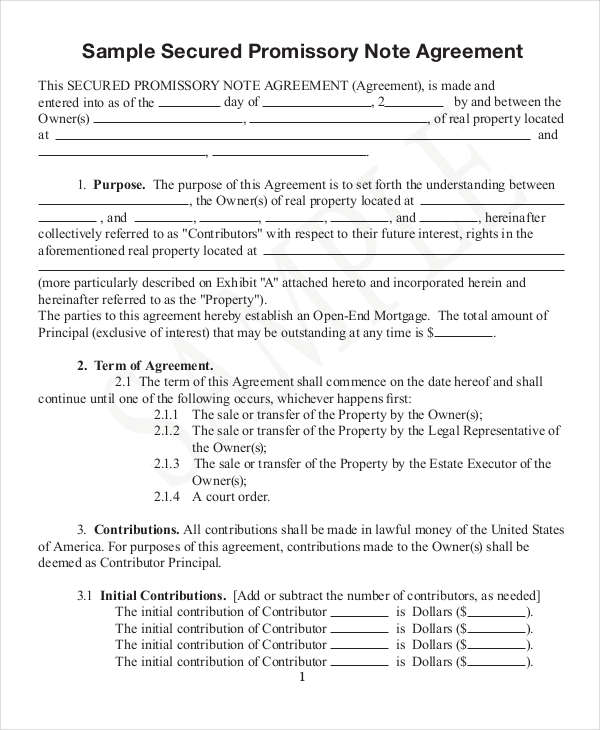
canhr.org
Details
File Format
PDF
Size: 208 KB
How to Create a Note Template
We should always keep in mind that notes are important and that it can be used over and over again. Notes such as meeting notes example can help us to be productive and efficient in work and everyday life. That is why it is very important to develop an effective note.
Your note template should include:
Subject. This is defines why you are writing a note or if this is for a specific person, mention who is the note for.
Important information. This is the body of your note. The information that is useful in the whole process.
Additional details. This is where you write the supporting details of the information you provided.
Summary. This will sum up all the things you’ve written.
How to Write a Thank-You Note
Expressing your gratitude to someone is very satisfying, not only for you but also for the one receiving it. Words may be a good way to express it but a thank you note is one of the most heartfelt and meaningful ways to express your gratitude. Writing a thank you note is easy, it is not the same thing as writing a loan note. Just write it from your heart and follow these simple steps.
Start with a greeting. Address the person you want to thank.
Express how grateful you are.
Add details on how you’re going to use their gift or your appreciation for their service.
Say your thank you again. This time, in a different way.
End with closing regards.
Doctor Notes
Doctor Excused Absence Note
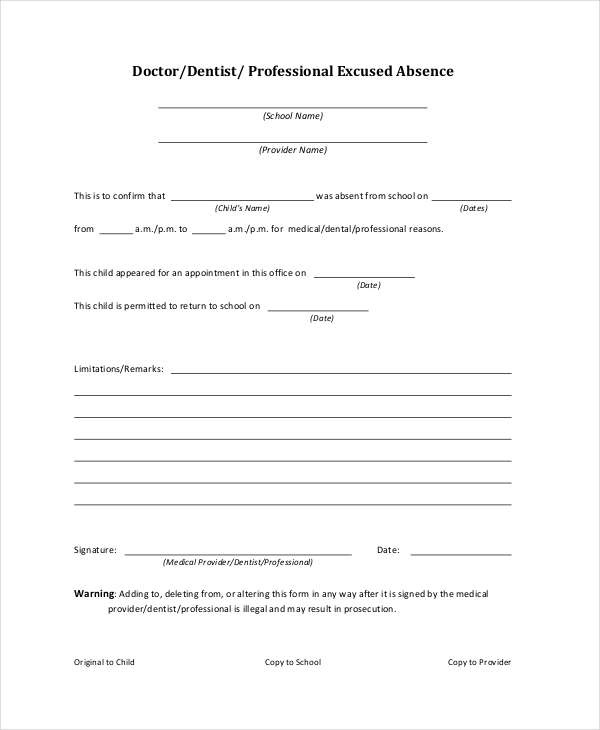
gcasd.org
Details
File Format
PDF
Size: 107 KB
Doctor Note For Requesting Service Dog

registeredservicedogs.net
Details
File Format
PDF
Size: 4 MB
Delivery Notes
Supplier Delivery Note Template
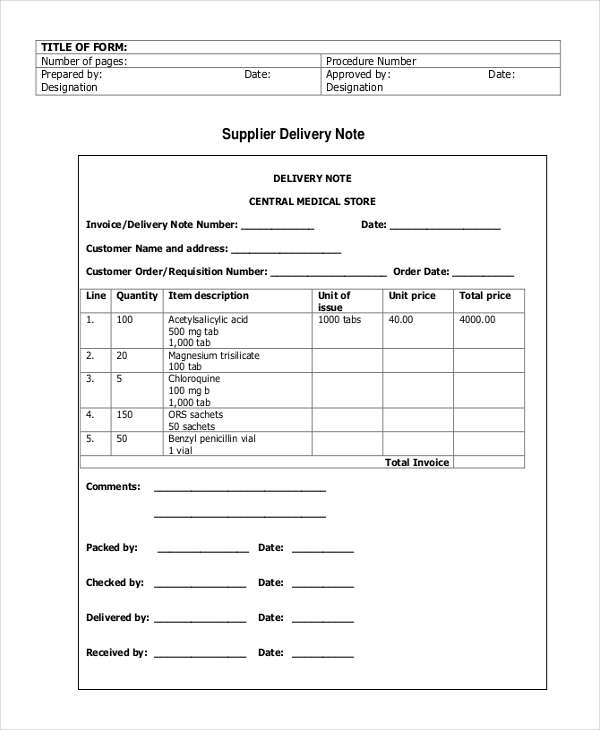
medbox.org
Details
File Format
PDF
Size: 113 KB
Goods Delivery Note
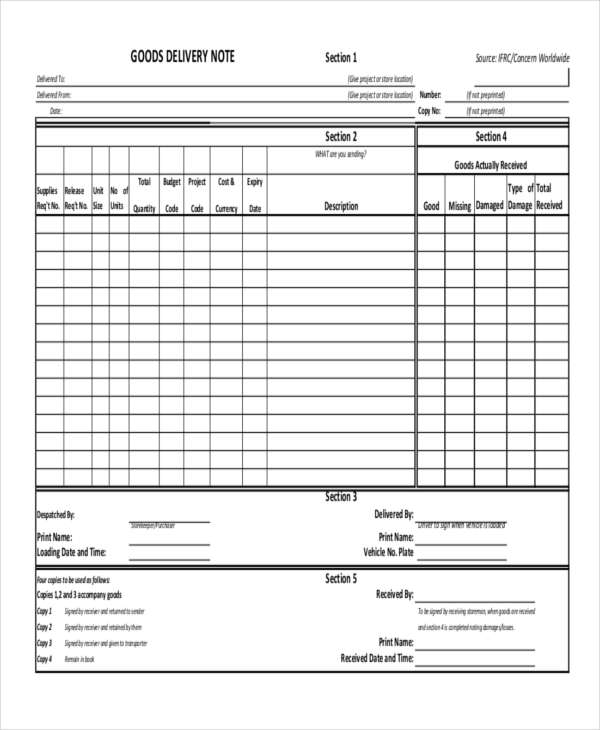
dlca.logcluster.org
Details
File Format
PDF
Size: 269 KB
Credit Note
Blank Credit Note
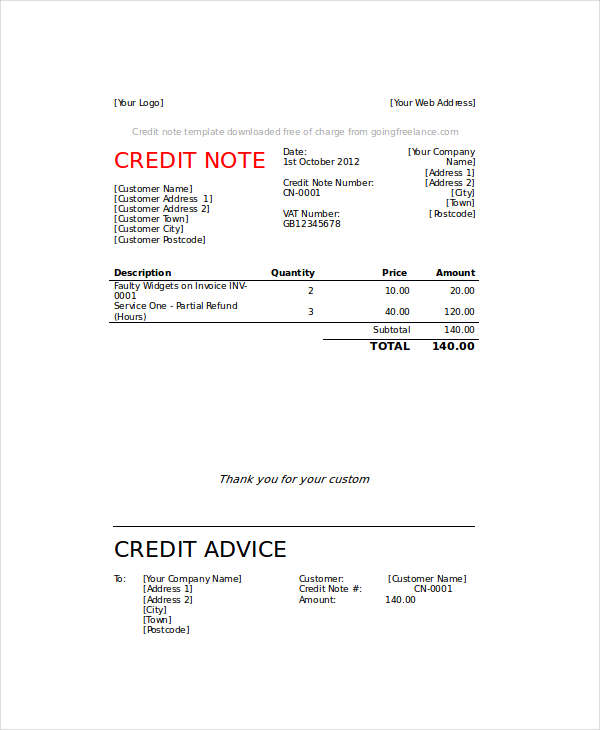
goingfreelance.com
Details
File Format
Doc
Docx
Size: 13 KB
Briefing Note
Parliamentary Briefing Note
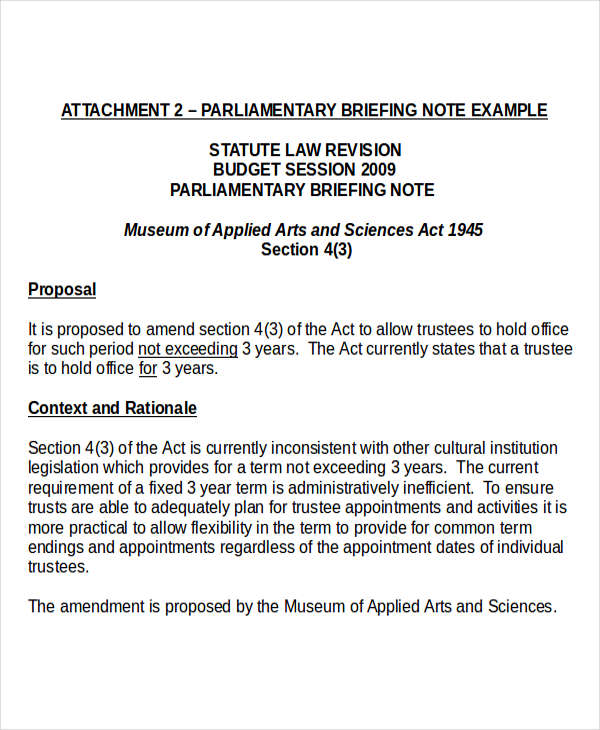
arp.nsw.gov.au
Details
File Format
Doc
Docx
Size: 12 KB
Contractor Briefing Note
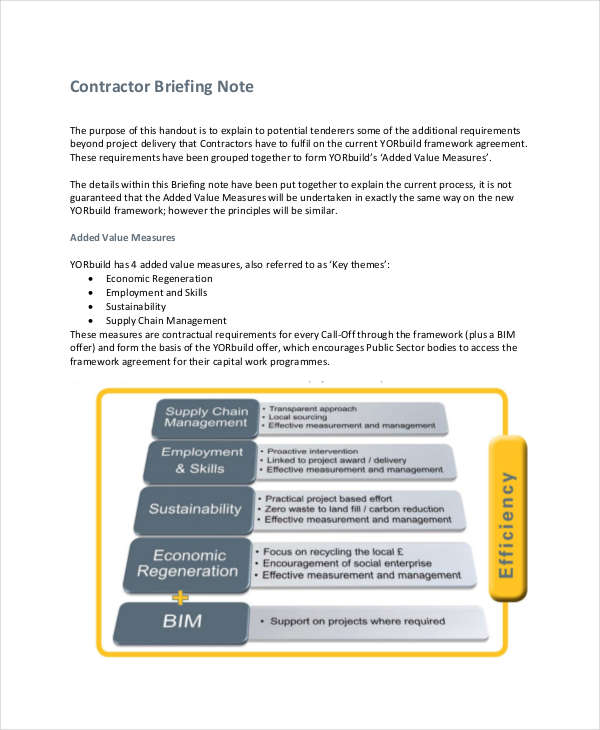
sdstate.edu
Details
File Format
PDF
Size: 607 KB
Cornell Note
School Cornell Note Template
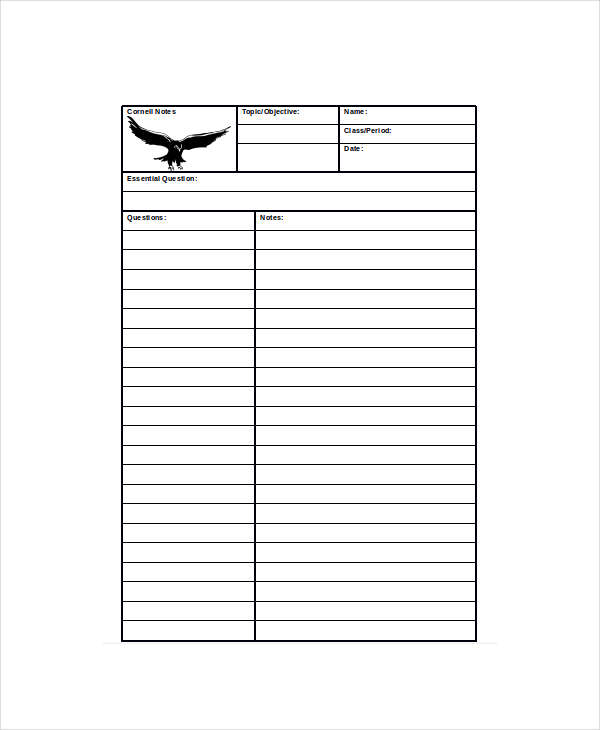
everettsd.org
Details
File Format
Doc
Docx
Size: 15 KB
University Cornell Note Template
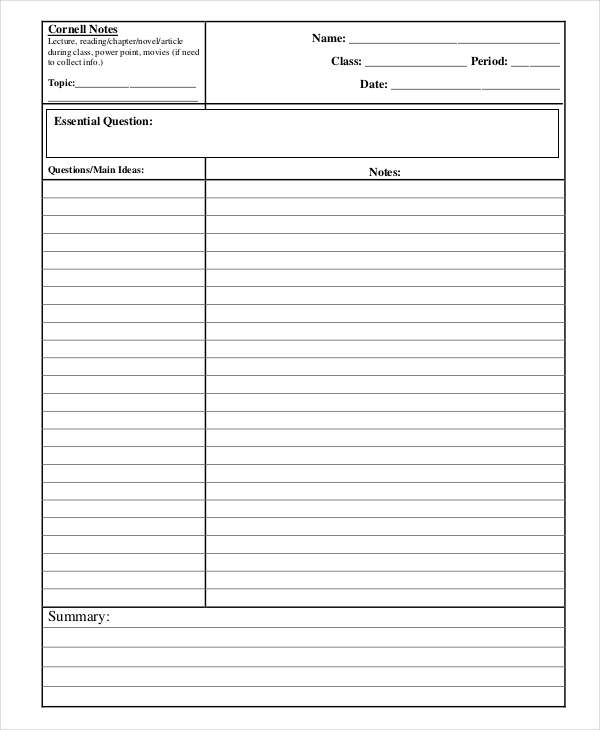
davis.k12.ut.us
Details
File Format
PDF
Size: 9 KB
Tips On How to Write a Note Template
As much as we don’t want to accept it, people these days are be coming too lazy to read. If they see a whole page of text, chances are they don’t bother to read it anymore. Same goes for note taking. We all know that notes are just a piece of paper that have fewer information. But some people always treat note taking as if it is a college essay that has to be full of information.
It is good to have it that way but there are still information that is unnecessary that notes are still under stable without those. To save yourself from having to write notes with information that you think are important yet it is not, keep these tips in mind for your next note taking.
Make it clear and concise. Notes are not research statement that you have to put everything in it. Write only the things that will explain everything comprehensively.
Focus on the important information. When taking down notes or gathering information, we always tend to think that all the information we hear or read is crucial, trust me, not all. To avoid this, target only those information that can sum up everything or the information that can make your notes understandable without having too many details.
Evaluate each information. Let us say that the information you wrote in your note is all important, don’t just stop there. Evaluate or assess each information you have taken whether it is useful or not. If there are information that is not useful, crash those out but make sure that it will not jeopardize the thought or the meaning.
Make it short as possible. As stated earlier, people hate a long bunch of text. And notes doesn’t exceed a single page. That is why you need to make your note as short as possible so that people will still bother to read your notes.
To help you further in creating a note, this article offers note examples in word and pdf format and blank note examples that you can customize or use it as a reference.
Business Note
Small Business Note Format
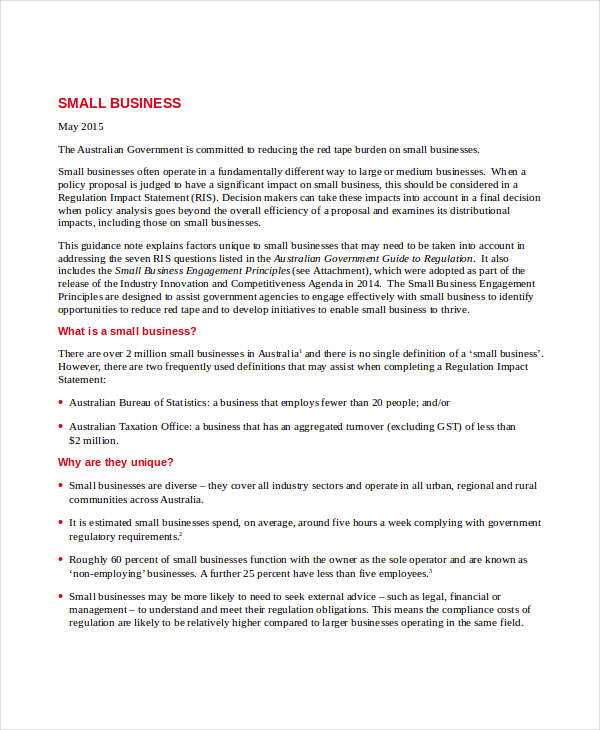
dpmc.gov.au
Details
File Format
Doc
Docx
Size: 2 MB
Business Thank You

thank-you-note-examples-and-tips.com
Details
File Format
Doc
Docx
Size: 3 KB
Dental Note
Dental Hygiene
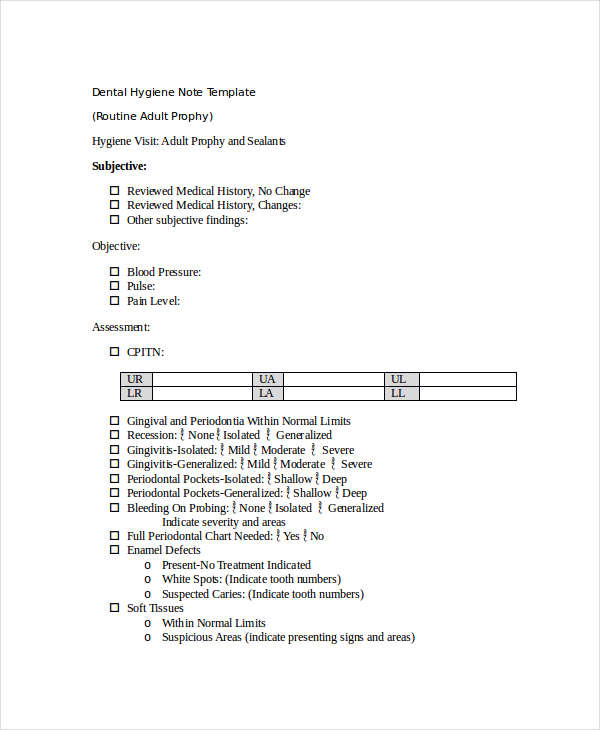
nappr.org
Details
File Format
Doc
Docx
Size: 13 KB
Nursing Note
Sample Note
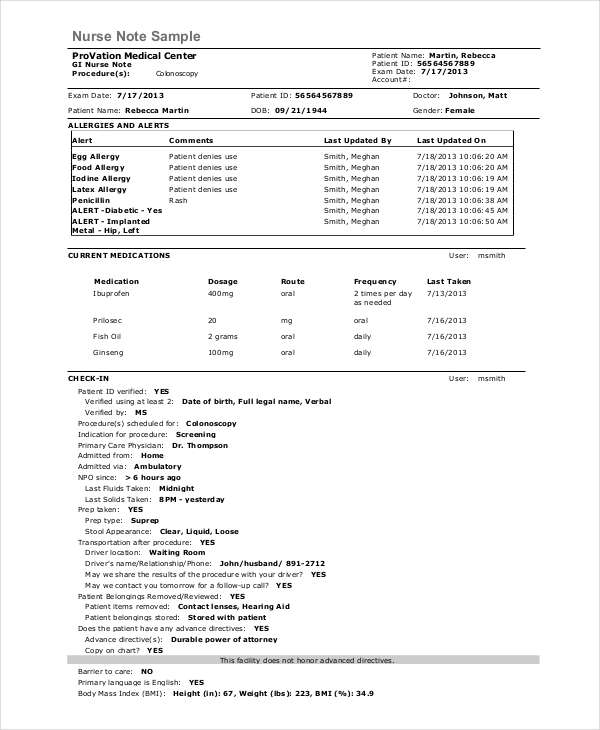
provationmedical.com
Details
File Format
PDF
Size: 653 KB
Narrative Nursing Template
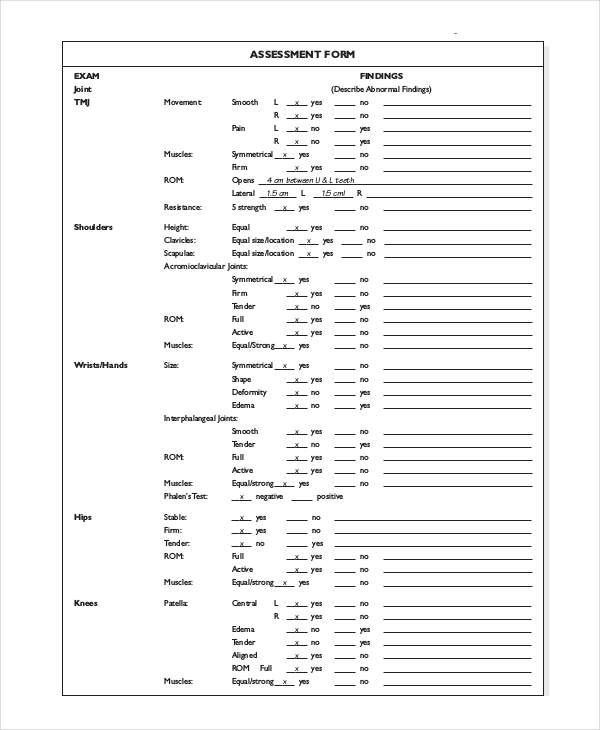
prenhall.com
Details
File Format
PDF
Size: 48 KB
Progress Note
Client Note
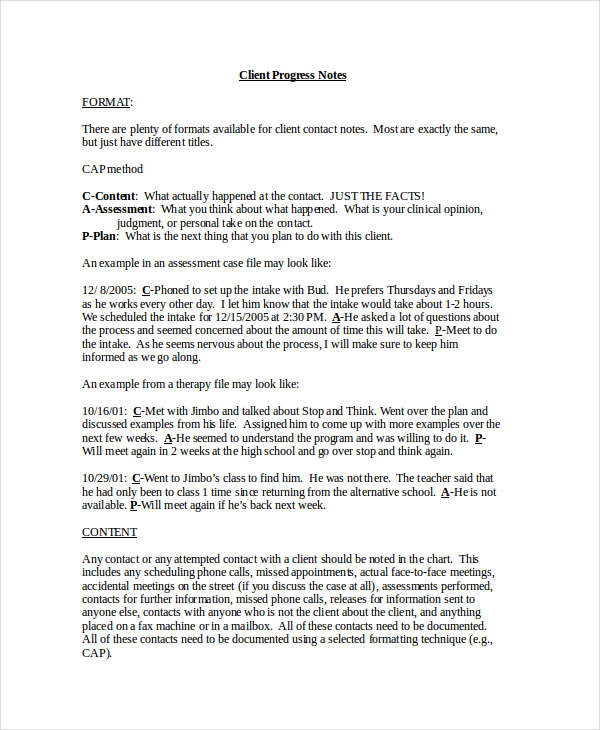
faculty.unlv.edu
Details
File Format
Doc
Docx
Size: 6 KB
Medical Progress Example
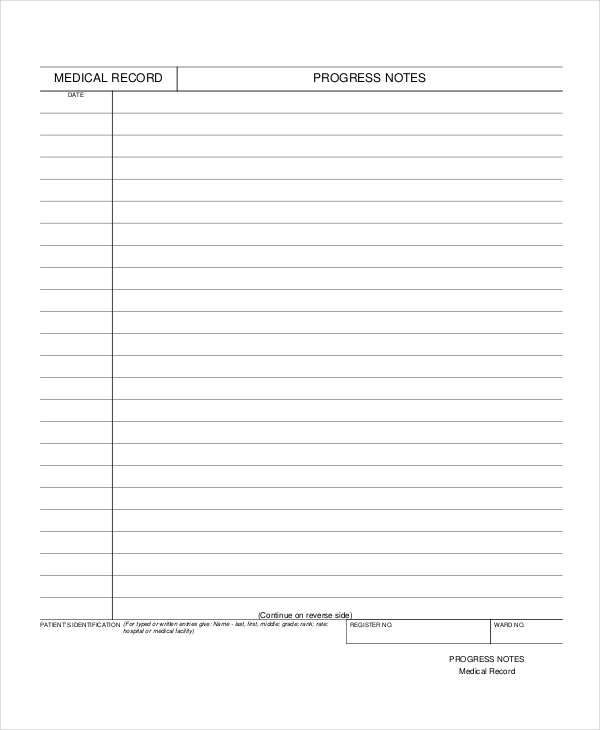
dtic.mil
Details
File Format
PDF
Size: 7 KB
Return Note
Goods Return Note
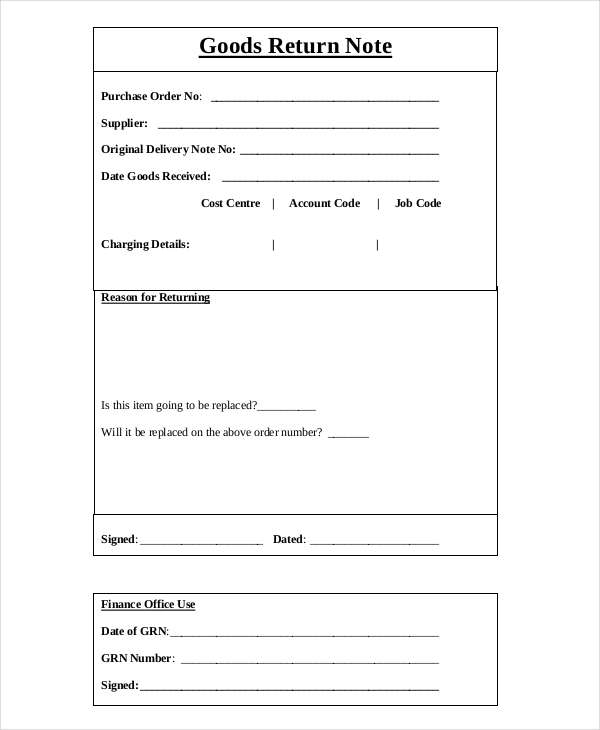
inf.ed.ac.uk
Details
File Format
PDF
Size: 6 KB
Attendance Note
Court Attendance
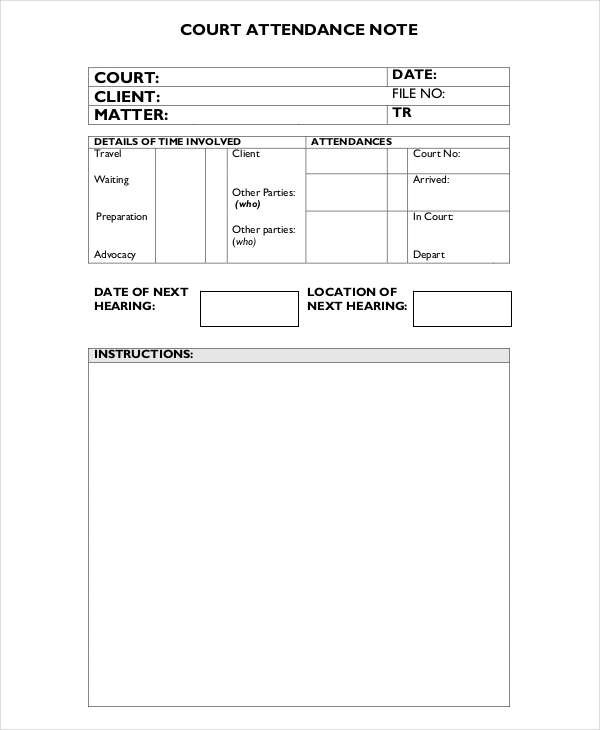
jrsconsultants-uk.com
Details
File Format
PDF
Size: 62 KB
Admission Note
Psychiatric Note
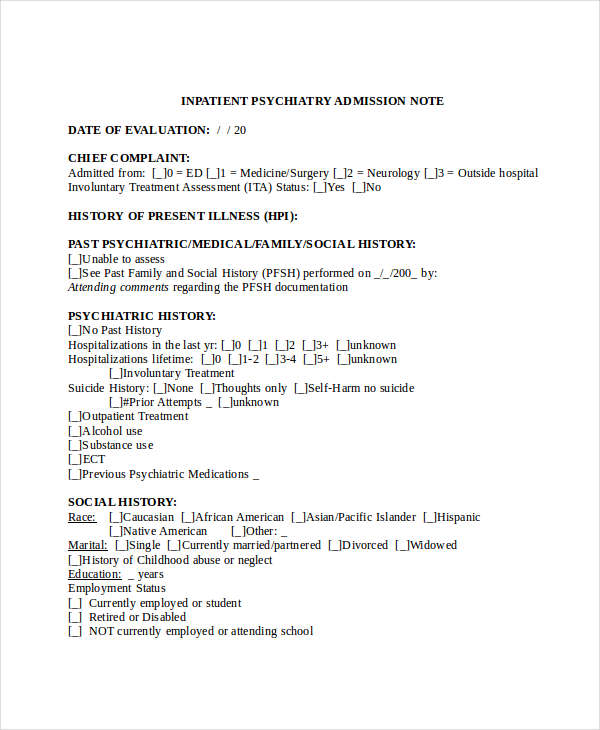
psychres.washington.edu
Details
File Format
Doc
Docx
Size: 10 KB
The Importance of Note Examples
Notes aren’t that hard to write but sometimes the problem in writing a note still lies at where should you begin and what should you write in your notes. Luckily, this article provides different note examples, including thank you note, promissory notes, business notes and so much more. Now, you may be asking why note examples are important. To answer that, the following are the importance of note example.
All the important information are already laid out. You don’t have to worry about the things you’re going to write.
You can customize this templates to meet your desired requirements.
These notes examples also have blank spaces that you can fill in your data.
If you want to make your own, you can use this as your references in writing your own note such as your personal note example.
How to Write a Progress Note
A progress note is a document in a medical institution that healthcare professional use to record the details of the patient’s clinical status. This is done together with the nursing assessment. SOAP is the common technique and guideline in writing an effective progress note.
To document a narrative progress note, healthcare professionals use SOAP.
Subjective – This defines the problem that the patient feels or the reason why the patient needs medical attention.
Objective – The evaluation conducted about the patient or to the patient’s problem.
Assessment – The action that healthcare professional administer.
Plan – The overall method to treat the patient’s condition.
Absence Notes
Student Absence Note Examples
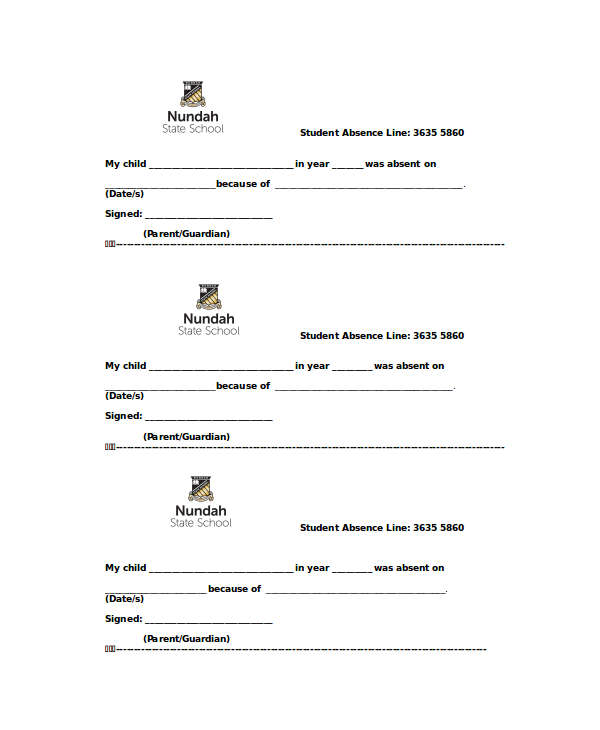
nundahss.eq.edu.au
Details
File Format
Doc
Docx
Size: 534 KB
School Absence Note
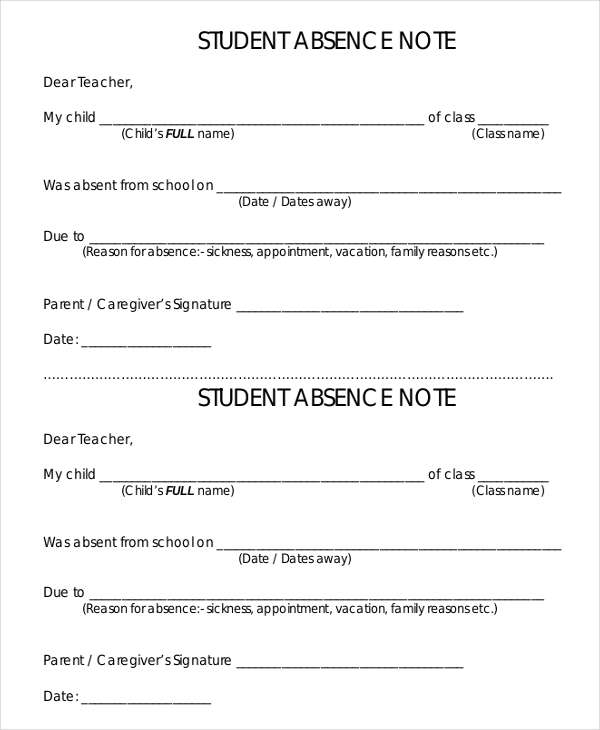
pc.cpahs.nsw.edu.au
Details
File Format
Doc
Docx
Size: 17 KB
Procedure Notes
Laser Procedure Note
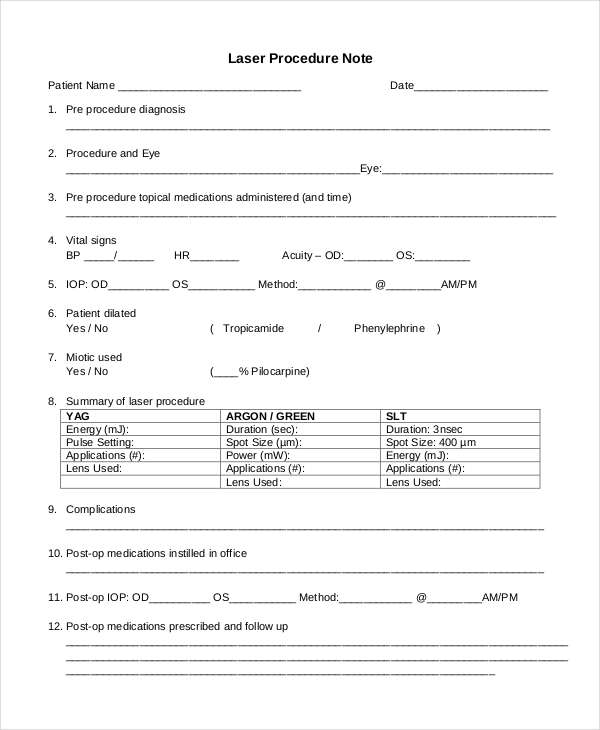
optla.org
Details
File Format
PDF
Size: 53 KB
Epidural Procedure Note
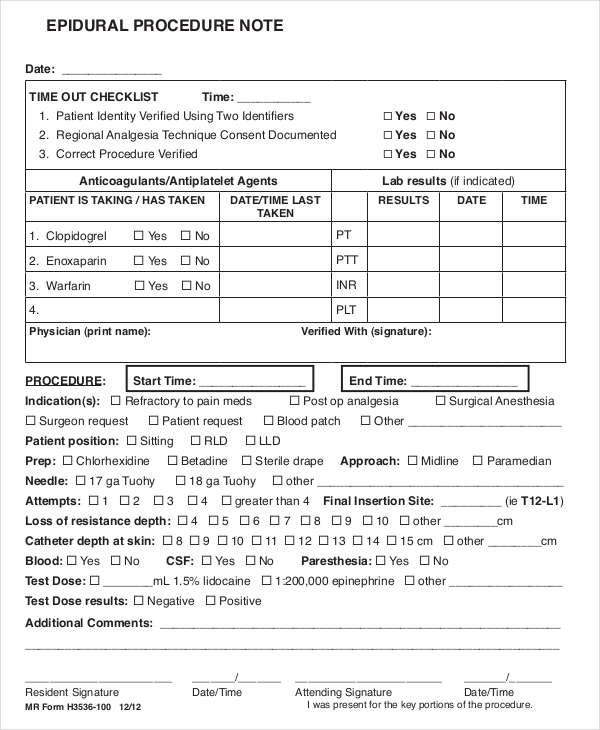
sw.org
Details
File Format
PDF
Size: 136 KB
SOAP Note
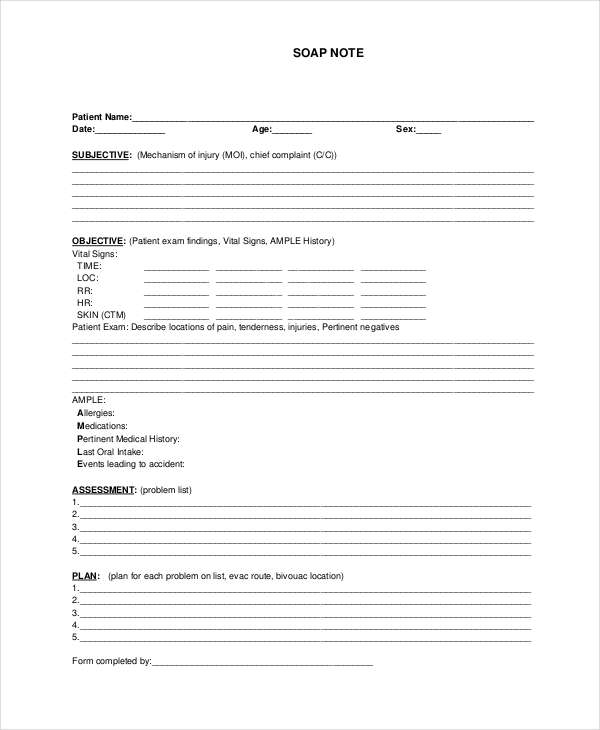
amcdv.org
Details
File Format
PDF
Size: 8 KB
What Are Notes Used For?
Notes are part of everyday life of people. They use notes in pdf to remember things that are usually easy to forget. And sometimes, people use a note as alternative information to a long block of text that can be tiring to read. However, notes have hundreds of uses, not just for reminders and substitutes.
Other notes are used for:
Taking Down Notes. Notes are essential to students. They use notes to helps them remember the topics and lesson plan that have been discussed. Notes are also a tool for the students to help them review for their upcoming exam.
Expressing Gratitude. A thank you note is one of the most heartfelt and meaningful ways to express your deepest gratitude towards someone.
Agreement. Notes such as promissory note are used as an agreement to a promise or assurance in paying fees in the future.
Gathering Details of Information. Whether in a nursing assessment or dental assessment, notes are important for taking initial information from a patient’s clinical status that can be used in further treatment.
Proof. Notes can sometimes be used a proof of something, like returning of goods or proof of purchase.
Security Purposes. Business these days, use credit notes examples to add security in their finances.
Excuse. Notes are also used as an excuse for absences or other related instances.

